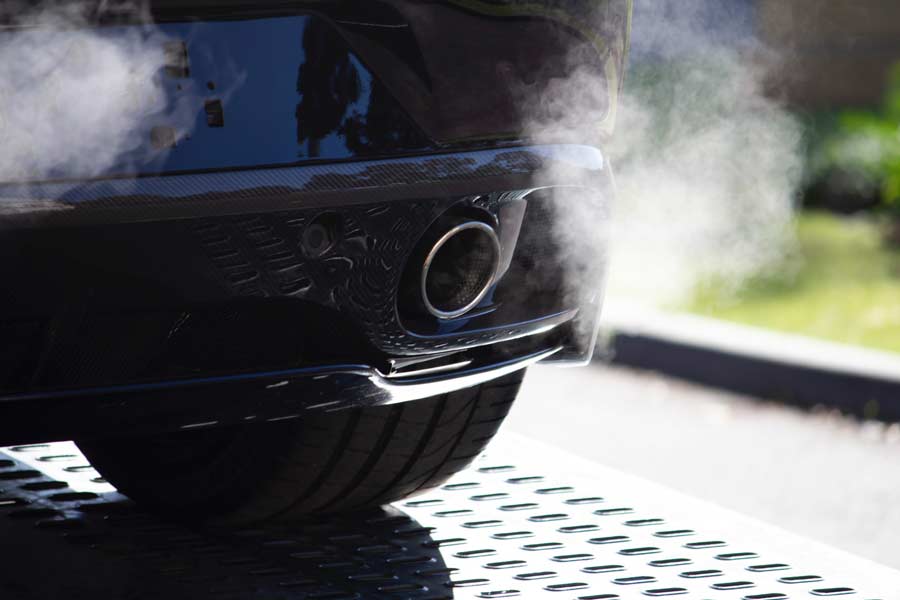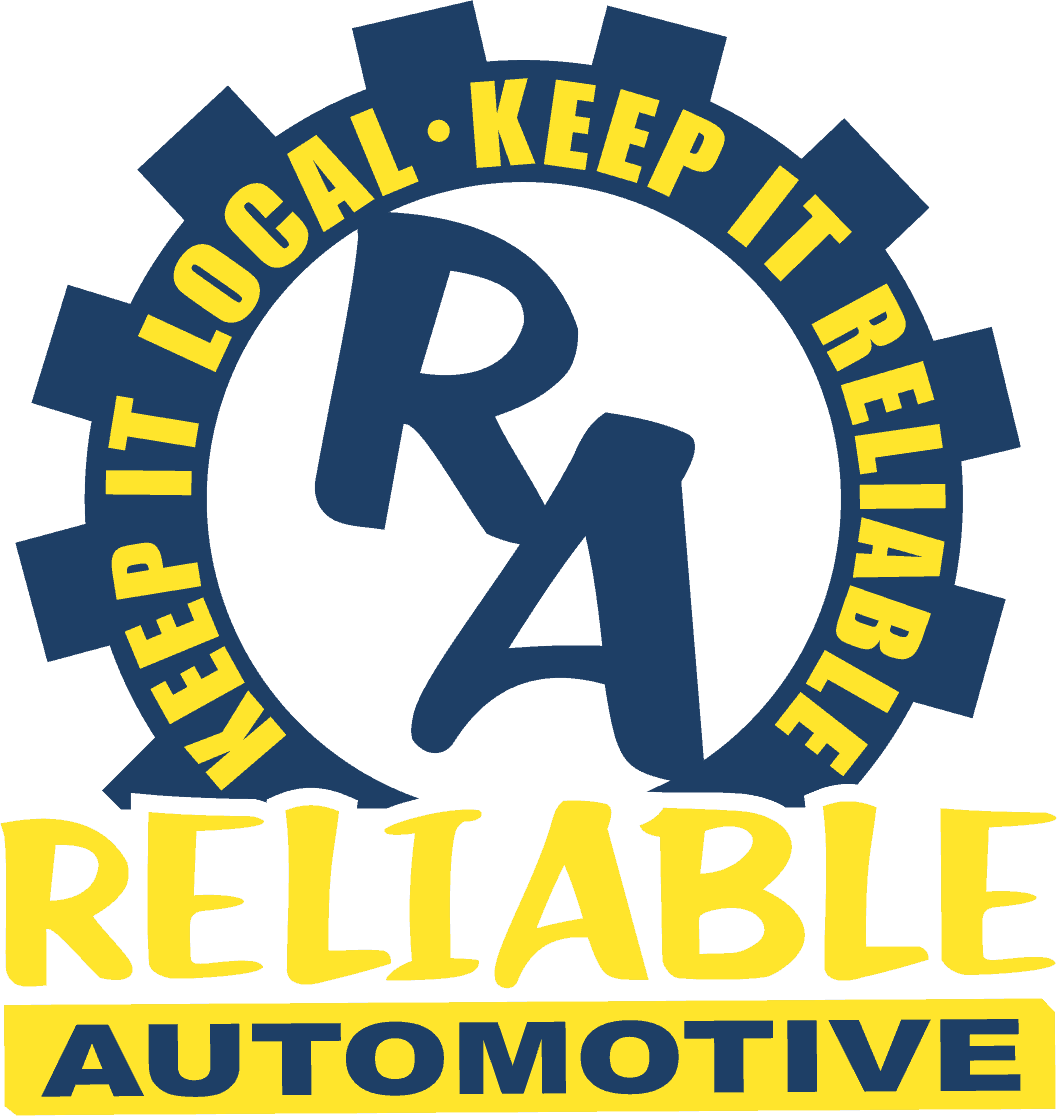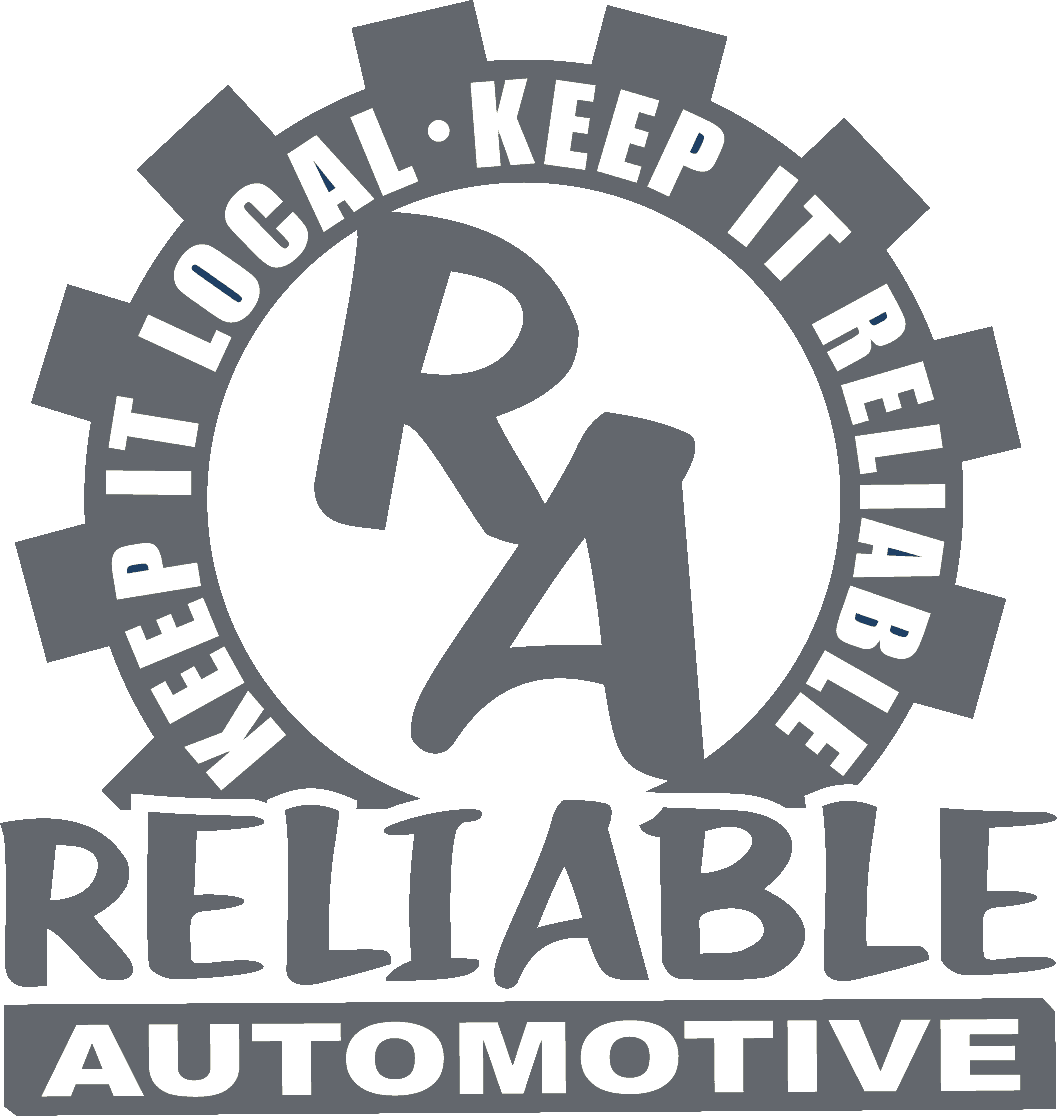
Catalytic converters are a piece of car equipment that clean the exhaust from your vehicle. They are an essential part of your vehicle’s exhaust system. They act as a cleaner, converting harmful chemicals in the car’s exhaust into less harmful substances before entering the environment. Catalytic converters help improve air quality and lower emissions, which is why they’re so valuable for drivers who want to protect their health and the environment around them. Below are reasons why Catalytic converters are so important and how to make sure yours continues to work correctly.
What Does a Catalytic Converter Do?
First and foremost, catalytic converters are valuable because they prevent toxic emissions from being released into the atmosphere. Combustion engines work by igniting fuel, and this ignition chemically changes the fuel into dozens of different chemicals. Many of these chemicals are toxic to people and harmful to the environment, and that’s where the catalytic converter comes into play. There are three main groups of pollutants that catalytic converters are designed to reduce:
- Hydrocarbons—These can result from fuel that didn’t combust in the engine. Presence of unburnt fuel in the exhaust can lead to a noticeable smog coming out of the tailpipe
- Nitrogen Oxides—These are a biproduct of the intense pressure air undergoes in a combustion engine. Nitrogen can forcibly be combined with oxygen, resulting in this pollutant that ultimately contributes to acid rain.
- Carbon Monoxide—This infamously poisonous gas is an unavoidable product of the chemical reaction that fuel undergoes as it’s ignited. Even relatively low amounts of this gas can be fatally toxic to inhale.
These types of pollutants can be extremely harmful to humans, plants, and animals alike. While the catalytic converter doesn’t eliminate every pollutant, it does make the exhaust much safer by the time it comes out of the tailpipe.
How Does a Catalytic Converter Do Its Job?
Catalytic converters help reduce air pollution through a series of chemical reactions. As exhaust reaches the converter, it passes over a honeycomb-like structure composed of catalysts—substances that speed up chemical reactions and give the vehicle part its name. Here, two stages of reactions take place:
- The Reduction stage removes oxygen from nitrogen oxides, leaving behind harmless nitrogen gases.
- The Oxidation Stage adds oxygen to carbon monoxide, turning it into the much safer (if still harmful) carbon dioxide.
How Do You Know If Your Catalytic Converter Is Working?
Catalytic converters typically last a decade or longer, but there are signs you can notice as a driver if yours is past its prime:
- A Drop in Fuel Efficiency – If you notice your vehicle seems to be burning gas more quickly than it used to, then it may be a good idea to get your catalytic converter looked at by a mechanic. If it’s clogged or dirty, it can reduce the flow of exhaust, causing a “backpressure” that hurts the engine’s performance.
- Difficulty Starting the Vehicle – While startup trouble can mean a number of things, a bad catalytic converter could be one of the causes.
- Failure to Pass Emissions Tests – Last but not least, failing an emissions test is likely a sign you need a new catalytic converter.
If you notice any of these issues on a relatively older vehicle, the best course of action would be to get a diagnosis from a professional mechanic. For newer vehicles that don’t have any issues yet, make sure you use the cleanest fuel possible to extend the catalytic converter’s life as long as possible.
Key Takeaway
The catalytic converter may not have the most glamorous job, but it plays a huge role in making our cities safer to live in. A properly working converter significantly reduces the amount of toxic chemicals produced by a combustion engine, and it can continue to do this important job for years to come with regular maintenance.






